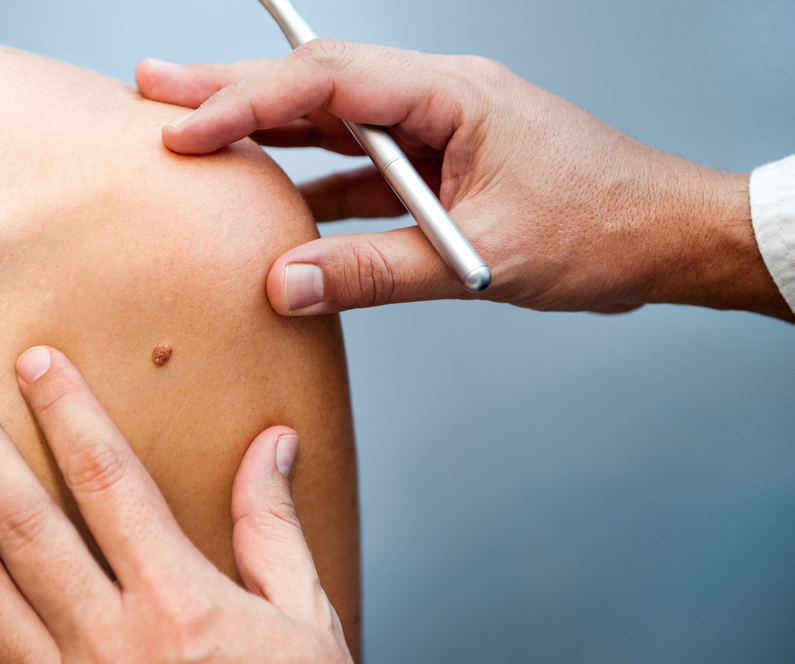
What is Mole Mapping?
Moles are dark blemishes seen on any part of the body. They can be smooth or rough and in round or oval shapes. Generally, moles appear during childhood and stop appearing as one grows older. However, if you see new moles as you age or notice a change in a mole’s position, you need to consult a dermatologist. Because it could indicate skin cancer (melanoma.) Mole check or mole mapping refers to a medical procedure used to analyse the moles and identify if they are cancerous or not.
ABCDE Rule for Mole Scanning
A – Asymmetry – The mole needs to have a regular shape and not an asymmetrical shape
B – Border – The mole’s border needs to be smooth and not jagged
C – Colour – Moles are usually black or brown. If they are multi-coloured or in other colours, they need to be checked
D – Diameter – The diameter of the mole needs to be checked during mole mapping
E – Evolving Changes – Observe the mole to see if there are any changes during subsequent scans
Why EpicDermis is the Best Mole clinic in Northcote Road?
EpicDermis is a leading mole analysis clinic in London lead by Dr. Christopher, the best skin doctor in London. He has more than 12 years of experience in dermatology and specialises in facial aesthetics. Here are a couple of testimonials to help you know more about the doctor’s expert treatment:
“Dr Christopher and his digital mole scanning system was a fantastic way for me to check my skin health and make sure my moles aren’t dangerous.” – Alec Stewart, Former England Cricket Captain
“I discovered Dr Christopher and his high tech mole analysis system and immediately booked an appointment. He scanned the mole and the system ranked it as 8 out of 10 for possible melanoma so I decided it have it removed ASAP.” – Nicky Hambleton-Jones, Television presenter
Where are we located?
Our mole clinic in London is located in the below address:
So Me Beauty & Wellness, 43 St John’s Road, Clapham Junction, South London SW11 1QW
Are you worried that your mole could be cancerous? Remove all doubt by booking an appointment at our mole clinic in Northcote Road or Clapham.

